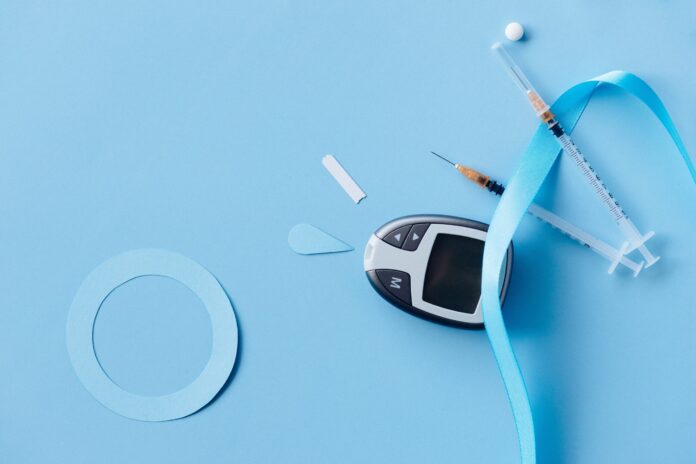On March 1st, 2023, Eli Lilly announced in a news release it plans to cap out-of-pocket insulin costs for patients using many of its insulins to $35. These dramatic price cuts aim to make a vital medication for people with diabetes needing it to manage their blood glucose and prolong their lives more affordable. As Eli Lilly Chair and CEO David Rick stated,
“While the current healthcare system provides access to insulin for most people with diabetes, it still does not provide affordable insulin for everyone… the aggressive price cuts we’re announcing today should make a real difference for Americans with diabetes.”
Other major insulin producers followed suit. Novo-Nordisk also announced they plan to lower many of its insulin prices by up to 75 percent by January 2024. Sanofi intends to reduce the cost of Lantus—its most popular long-active insulin—by 78 percent next year. Together, these three producers compose about 90 percent of insulin sales in the US.
Does this really mean twenty years of rising insulin prices are coming to an end? Unfortunately, when we carefully examine Eli-Lilly, Novo-Nordisk, and Sanofi’s announcements, it’s clear that only some participants will benefit from their price cuts.
Eli-Lily’s promise to cap out-of-pocket monthly insulin co-pays to $35 only extends to “participating retail pharmacies for people with commercial insurance using Lilly insulin,” according to its news release. Sanofi’s lower prices also only apply to those with commercial insurance. Only about 58 percent of diabetics have commercial insurance. Novo-Nordisk’s plans refer to their insulin list price, which few patients pay or can negotiate for.
President Biden isn’t satisfied. In his most recent White House briefing on the topic, he announced, “My administration is working every day to bring working people and families more breathing room, and we won’t stop. Congress should still pass legislation to ensure everybody can get insulin for no more than $35 per month.”
As I’ve pointed out in a previous post on The Beacon, a $35 price cap for a month’s supply of insulin is financially unfeasible- and ultimately not a policy solution to the problem of high insulin prices.
What will make insulin cheaper? Like so many other goods, competition remains one of the surest remedies for lowering prices.
In 2019, Eli Lilly released Lispro, the first generic insulin in the US. As with most generic drug competition, Lispro was considerably cheaper, offered at $137.37 per vial. It is currently sold for about $33 per vail. ReliOn, an older insulin no longer protected under the US intellectual property/ patent system, is available for about $20 at many pharmacies without a prescription.
Major insulin producers also provide access to cheaper non-generic, and modern insulins to lower-income qualifying patients. Eli Lilly provides access to more affordable insulin through insulinaffordability.com. Novo-Nordisk provides co-pay savings cards, my$99insulin programs, and an immediate 30-day supply of insulin for patients at risk for insulin rationing. These programs have their limits, but they specifically target diabetics without health insurance or who are at risk of being unable to afford insulin.
Finding cheap insulin remains a challenge for many people with diabetes. Recent efforts by major insulin producers to lower their prices are a step in the right direction- but no solution. Sadly, affordable and widely available insulin can only come from a competitive market process—not political pressure.
